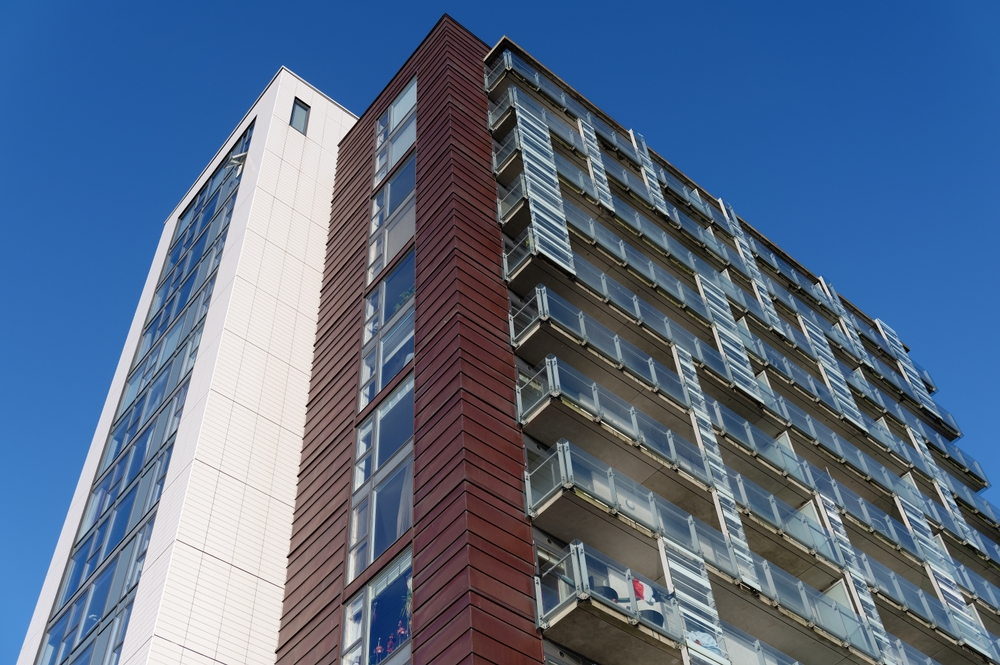Building Safety Case Reports

Building Safety Case Reports
The Building Safety Act 2022 has introduced several new roles and responsibilities related to high-rise residential properties.
These responsibilities involve managing risks and implementing preventive measures to minimise the impact of potential incidents.
The Building Safety Act aims to reduce the consequences of fire safety incidents (including smoke, heat, fumes, and any combustion) or structural failure in high-rise buildings.
One of these new responsibilities is to create and maintain a Safety Case Report.
This blog will explain what a Building Safety Case Report is, what is included in one and how to make sure it meets legal requirements.
The information given here is intended for general information purposes only and should not be taken as legal advice.
For specific guidance on Building Safety Case Reports, please contact our property disputes solicitors on 0330 175 7613, or email Andrew Olins at andrew.olins@ibblaw.co.uk.
What is a Building Safety Case Report?
A Building Safety Case Report is a comprehensive document that outlines how potential risks related to fire safety and structural integrity are identified, managed, and mitigated within a building.
It is typically prepared by the principal accountable person, who could be an organisation, business, or individual, responsible for ensuring building safety compliance.
This report details the assessment of major fire and structural hazards, along with strategies for risk control and management. It also specifies the methods and schedules for ongoing review and updates.
Who is responsible for the Building Safety Case Report?
The accountable person is either an organisation or an individual who holds ownership or responsibility for a building, which may include maintaining common areas such as corridors and lobbies.
The accountable person is obligated to take reasonable measures to prevent the spread of fire and/or structural failure (building safety risk) and to mitigate the consequences of any incidents that may occur.
In cases where there is a single accountable person for a building or buildings, this individual or organisation assumes the role of the principal accountable person. If there are multiple accountable persons, the one responsible for the structure and exterior of the building becomes the principal accountable person.
The principal accountable person must prepare the Safety Case Report, provide it to the Building Safety Regulator upon request, and apply for a building assessment certificate as directed.
The Safety Case Report is important, as it must be completed before applying for a building assessment certificate.
How do you write a Building Safety Case Report?
The Health and Safety Executive (HSE) provides a building safety case report template that includes the following information:
- Details of the accountable persons – Provide information about each accountable person, including their:
- Name
- Email address
- Telephone number
- Postal address in England or Wales
- Responsible persons – You should also provide the details of the responsible persons for the building, under the Fire Safety Order.
- Who prepared the report – Provide the details of the individuals who prepared the report, such as:
- Their names
- Their job roles and the organisation they work for
- How their skills, knowledge and experience make them suitable for working on the report
- The parts of the report they are responsible for
- Building description – Your report should include the building name, full postal address, and a photograph or map of where it is.
- Risk assessments summary – Put together a summary of the types of risk assessment you used to assess the building, who did the assessment, the findings, and a summary of any further recommendations.
- Managing risks summary – Provide a description of the measures put in place to reduce building safety risks, how they work, what assessments have been done and the conclusion of these assessments.
- Safety management system – Your safety case report should include a summary of the safety management systems in place for the whole building to manage building safety risks.
- Planning for emergencies – In your safety case report describe the strategy for the building during an emergency. Explain why this approach has been chosen and how it works.
- Ongoing work and building improvement – Describe the work that needs to be done to resolve any building safety issues, how it will be done and the timescale for completion.
You should update the safety case report when work is carried out to manage safety risks and when work is carried out that may impact the safety risks.
What makes a good Building Safety Case Report?
The main aim of the Safety Case Report is to demonstrate that the accountable persons have thoroughly assessed any major fire and structural hazards/risks and created strategies to manage and mitigate these risks effectively.
It should outline how the risks are being managed and controlled, as well as provide a schedule for reviewing the report. The Safety Case Report shows that all appropriate measures have been and will be taken to address building safety risks.
How often the Building Safety Report should be updated is up to the discretion of the principal accountable person or organisation involved. The Safety Case Report should be regularly reviewed and always remain current. The responsibility for this lies with the principal accountable person.
It is advisable to update your safety case report when changes are made to your building. This could include actions such as installing fire doors, updating your compartmentation, or changing your fire strategy. This approach ensures your documents reflect the current state of the building.
Get in touch with our solicitors specialising in the Building Safety Act
The information given here is intended for general information purposes only and should not be taken as legal advice.
For specific building safety case guidance, please contact us on 0330 175 7613, or email us at andrew.olins@ibblaw.co.uk.
